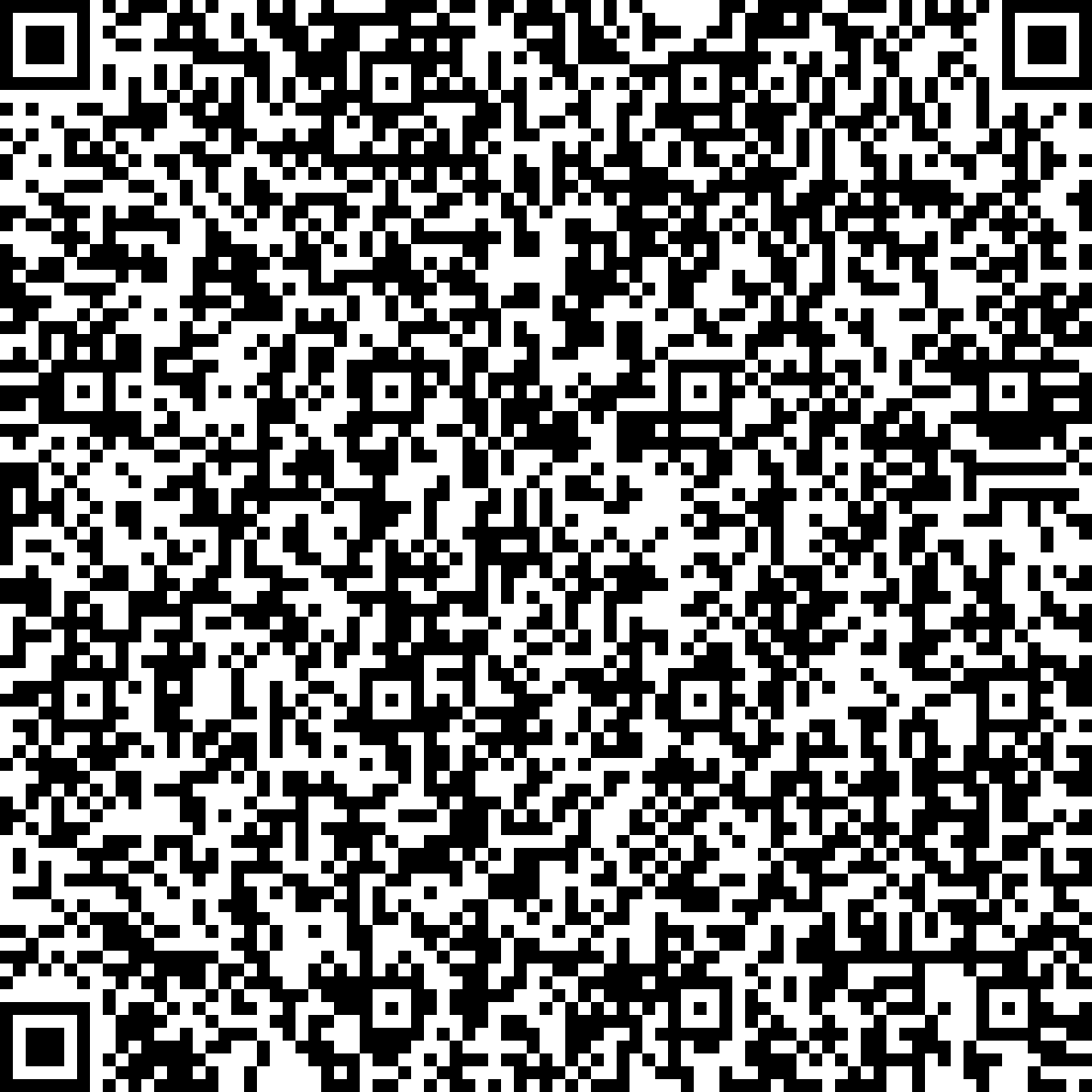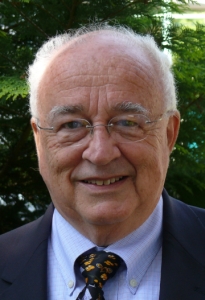


Unimolecular electronics may yield the world's smallest electronic devices (2 nm scale), which could avoid the heating problems of Si at that length scale, because molecular excited states can decay by photons as well as by phonons. Much progress has been made since the molecular rectifier proposal [1] (and my first visit to Tsukuba in Feb 1982). This laboratory has studied eleven different molecules which rectify electrical current, as 2 to 3 nm thick single Langmuir-Blodgett monolayers between either Al or Au electrodes [2]. The asymmetrical current-voltage (I-V) curves show a definite turn-on at forward bias, at room temperature or even at 4.2 K [2]. IETS proved that the enhanced current does travel through the molecule [3]. If the monolayer is rigidly packed, or covalently bonded to an electrode, the asymmetrical I-V curves persist under repeated cycling [2]. We plan to combine Langmuir-Blodgett and covalent attachment techniques to improve device reliability [4].
We are now measuring new molecules in better "Au | monolayer | Au" sandwiches, varying the "cold Au" pad sizes and using conducting-tip AFM, to establish whether the current depends linearly on the number of molecules measured in parallel.
Also planned is a single-molecule power amplifier (in collaboration with the Technical Universities of Delft and Dresden).
Open issues remain: (1) What molecules are best to make? (2) What are the details of the electron transport across a single molecule? (3) How can theory best explain orbital mediated tunneling in IETS? (3) Where are the energy barriers and other bottlenecks? (4) How much does resonance between metal Fermi levels and molecular energy levels increase the current?
[1] A. Aviram and M. A. Ratner, Chem. Phys. Lett. 29: 277-283 (1974).
[2] R. M. Metzger, J. Mater. Chem. 18: 4364-4396 (2008).
[3] A. Honciuc, R. M. Metzger, A. Gong, and C. W. Spangler, J. Am. Chem. Soc. 129: 8310-8319 (2007).
[4] R. M. Metzger and D. L. Mattern, Top. Curr. Chem. (in press).
Funded by NSF-CHE-0848206.



Unimolecular electronics may yield the world's smallest electronic devices (2 nm scale), which could avoid the heating problems of Si at that length scale, because molecular excited states can decay by photons as well as by phonons. Much progress has been made since the molecular rectifier proposal [1] (and my first visit to Tsukuba in Feb 1982). This laboratory has studied eleven different molecules which rectify electrical current, as 2 to 3 nm thick single Langmuir-Blodgett monolayers between either Al or Au electrodes [2]. The asymmetrical current-voltage (I-V) curves show a definite turn-on at forward bias, at room temperature or even at 4.2 K [2]. IETS proved that the enhanced current does travel through the molecule [3]. If the monolayer is rigidly packed, or covalently bonded to an electrode, the asymmetrical I-V curves persist under repeated cycling [2]. We plan to combine Langmuir-Blodgett and covalent attachment techniques to improve device reliability [4].
We are now measuring new molecules in better "Au | monolayer | Au" sandwiches, varying the "cold Au" pad sizes and using conducting-tip AFM, to establish whether the current depends linearly on the number of molecules measured in parallel.
Also planned is a single-molecule power amplifier (in collaboration with the Technical Universities of Delft and Dresden).
Open issues remain: (1) What molecules are best to make? (2) What are the details of the electron transport across a single molecule? (3) How can theory best explain orbital mediated tunneling in IETS? (3) Where are the energy barriers and other bottlenecks? (4) How much does resonance between metal Fermi levels and molecular energy levels increase the current?
[1] A. Aviram and M. A. Ratner, Chem. Phys. Lett. 29: 277-283 (1974).
[2] R. M. Metzger, J. Mater. Chem. 18: 4364-4396 (2008).
[3] A. Honciuc, R. M. Metzger, A. Gong, and C. W. Spangler, J. Am. Chem. Soc. 129: 8310-8319 (2007).
[4] R. M. Metzger and D. L. Mattern, Top. Curr. Chem. (in press).
Funded by NSF-CHE-0848206.